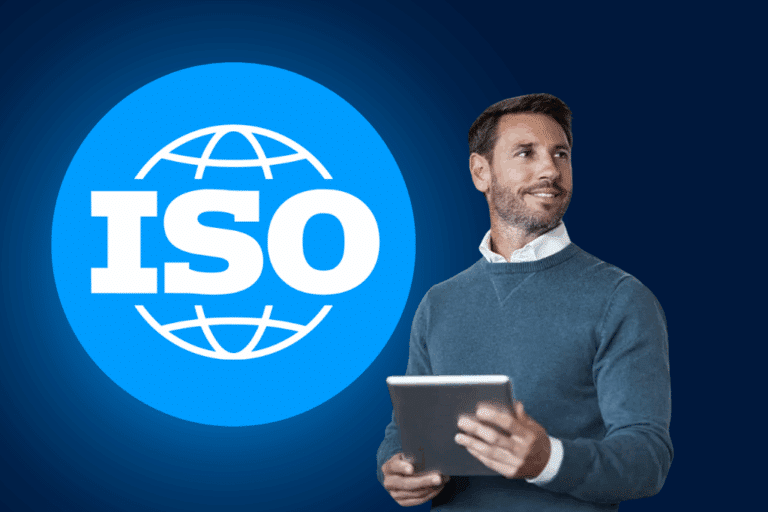Board meetings shape strategic decision-making within a company. This is essential to maintaining good corporate governance, since these meetings establish the direction of activities, which are taken by all board stakeholders. Although organizations are aware of the importance of boards of directors, two crucial elements are often underestimated or poorly structured:The proposals and resolutions phase.
What can organizations do to better handle these stages? How can they improve the resolution proposal process while maintaining the highest level of confidentiality? We reveal what you need to know in this article.
Definitions
Proposals
Proposals are suggestions, requests or observations shared by company members. Each company establishes its own system for submitting proposals, so this may vary. For example, in some organizations only board members can submit suggestions for inclusion on the agenda. In other cases, employees are allowed to submit proposals, which are then forwarded by an intermediary who participates in board meetings.
The purpose of a proposal is to add it to the Board’s agenda for deliberation.
Resolutions
Resolutions are formal documents that record the decisions made at the conclusion of discussions. When properly archived, they ensure both legal and strategic traceability. Giving close attention to these two stages strengthens the transparency, security, and overall efficiency of the decision-making process.
Good to know: According to DiliTrust customer data, the average company holds a board meeting every two weeks. Each agenda contains between 20 and 30 proposals, illustrating the importance of their structured management.
Who Takes Part in the Process?
There are several parties involved in proposals and resolutions. As mentioned above, the system for submitting and deliberating depends on the company’s internal rules and regulations. Nevertheless, the following people can be identified in the circuit of this process.
Executives typically put forward strategic proposals, while business managers or department heads highlight operational needs. Company secretaries and legal advisors, meanwhile, are key in formalizing resolutions and ensuring their proper documentation.
While these exchanges may seem straightforward at first, they can quickly grow complex as the volume of information increases. Traditionally, proposals and resolutions are tracked and stored through email exchanges and shared folders. Though this approach may suffice in the early stages, moving toward digital solutions is strongly recommended to ensure clarity, consistency, and long-term efficiency.
Key Challenges With Traditional Methods
The traditional method of managing proposals and resolutions often relies on email exchanges or shared documents. While this approach might work in the short term, we strongly recommend digitizing these processes. Doing so helps mitigate numerous risks, especially those related to security and confidentiality.
Traceability problems
In a flow where several collaborators are involved, the absence of a unified system makes it difficult to locate submitted proposals, their status or their evolution. A proposal may be forgotten, duplicated or misinterpreted, for want of rigorous follow-up.
No more human error
Sending a confidential document to the wrong recipient, mistakenly sharing versions, omitting an important proposal… These errors may seem minor, but they can have major consequences, particularly in terms of regulatory compliance.
Safety risks
Traditional systems, often lacking encryption or advanced authentication protocols, expose sensitive data to increased risk. The confidentiality of strategic decisions can be compromised.
Operational inefficiency
Lack of automation slows down proposal processing. Back and forth by e-mail takes time, validations are lost, and decisions are delayed. This is detrimental to the company’s responsiveness.
History storage and analysis
Keeping resolutions in non-centralized files limits the ability to produce reliable reports or extract lessons for future meetings. Retrospective analysis then becomes laborious.
How LegalTech Enhances the Proposal and Resolution Workflow
Today, there are many ways of digitizing this process and structuring it from beginning to end. When looking at the possible tool options, make sure that your software complies with ISO/IEC security standards and any other local standards relating to confidentiality.
1. Proposal entry
Contributors (who you can set up when you implement your tool) write their proposals using customizable forms. These forms centralize key information such as purpose, stakes and supporting documents, if your tool allows. In this way, all information and documentation relating to a proposal is centralized.
2. Evaluation of proposals
The platform’s administrators (also appointed when your software is implemented) examine the proposals received. After validation, proposals deemed useful or relevant are added to the agenda. Depending on the functionality of your software, this can be done either manually or automatically. In the case of DiliTrust’s board management solution, this addition is automatic and instantaneous.
3. Discussion of agenda items
During board meetings, members can access all documents via a secure area. With the right solution, members can comment and debate directly from the tool’s platform, as is the case with the DiliTrust solution. The ability to comment live on a document allows for smoother
decision-making and better traceability of exchanges.
4. Archiving resolutions
Once decisions have been taken, resolutions are archived in a dedicated section. They can be enriched with metadata (date, author, associated documents), facilitating searches and subsequent consultation.
5. Resolutions consultation
Contributors can finally consult the decisions adopted and track the progress of their proposals. This strengthens employee commitment and the transparency of the decision-making process.
Improve Your Processes with DiliTrust
With LegalTech tools, you can improve your resolution proposal process, as well as the entire management of board meetings. Solutions like DiliTrust Board Portal integrate advanced features such as centralized document management, secure access control, action traceability and automated workflows. If you haven’t found your ideal solution yet, explore the scorecard to see why DiliTrust is the best choice.
By efficiently structuring the processing of proposals and resolutions, companies gain in agility, security and consistency.
Curious to see how DiliTrust can help? Get in touch with us today.


